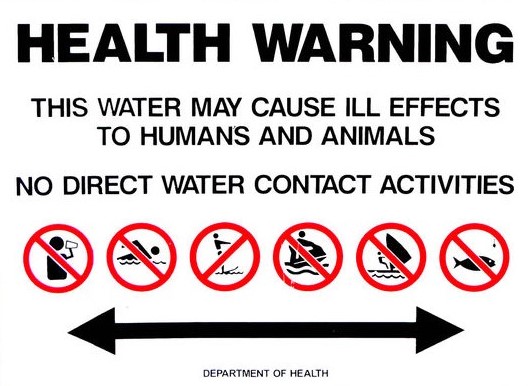WV Rivers Submits Recommendations for Stronger Water Protections
Limiting cancer-causing toxins in West Virginia’s water will depend on you.
West Virginia has the 10th highest cancer rate in the nation. Yet, the WVDEP is considering weakening water quality standards for some of the most toxic, cancer-causing pollutants.
If you followed our water policy updates during the 2019 Legislative Session, you’ll remember how hard we fought to update human heath criteria, which sets limits on toxins in our water. Sadly, the Legislature chose to kick the can down the road and not update our water quality standards due to pressure from chemical manufacturers who say it costs too much to reduce the amount of dangerous toxins they dump into our water supplies.
The Legislature set a deadline of October 1, 2019 for proposals to be submitted to WVDEP on any updates to human health protections.
After months of scientific research, technical analysis and consultations with public health experts, supported by donations to our Science Fund, WV Rivers and the WV Water Policy Workgroup summited a proposal with the following recommendations:
- Recalculate Environmental Protection Agency’s (EPA’s) 2015 recommended human health criteria using EPA’s recommended fish consumption rate for West Virginia – the regional Inland South fish consumption rate (FCR) of 22.8 grams/day.
- Adopt all recalculated human health criteria that are more stringent than current West Virginia criteria, including the adoption of limits for pollutants that do not have criteria.
- Update criteria for pollutants without 2015 updates, but where West Virginia criteria are less stringent than EPA-recommended criteria.
- Do not weaken any existing human health criteria.
How did we come up with these recommendations?
The EPA considers several factors when calculating the amount of toxins our bodies can be exposed to without causing adverse health effects. Some of those factors include the amount of fish we eat, the amount of water we drink, and the average weight of an adult. The EPA encourages states to adopt local data when available. In West Virginia’s case, that’s not the best option because the consumption rate is based on an old study that concluded West Virginians eat half as much fish as the rest of the country. Industry argued that since we eat less fish, and we weigh more, we can allow more toxins in our water. This is backwards logic and in our proposal we’ve outlined several reasons why we should not use out of date fish consumption data to calculate water quality standards. Instead, we’ve recommend using EPA’s scientifically based fish consumption rates for this region.
The pollutants controlled by human health criteria are some of the most toxic chemicals in existence.
Many of these toxins are known carcinogens, including chemicals termed the “dirty dozen” which are were banned from use in an international treaty. Read more about some of the dangers these chemicals pose to human health in our proposal to WVDEP.
After consulting with public health experts, we concluded that no exposure level is safe when it comes to carcinogens in our source water.
WVDEP must do their job to protect our water and our health by adopting human health criteria based on sound science that strengthens water quality protections. We cannot allow them to bow to pressure from industry and adopt weakened limits that allow more toxins in our water.
What’s Next for Water Quality Standards?
On October 2, we submitted a Freedom of Information request for all proposals submitted to WVDEP, so we can immediately begin the analysis and response to industry recommendations.
We’re going to need your help! Over the next few months, there will be public meetings and opportunities for you to comment on how WVDEP should move forward. You’ll need to make your voice heard loud and clear that cancer-causing toxins don’t belong in our water.
Make sure you have access to the latest news and facts from WV Rivers on water quality standards by donating to WV Rivers Science Fund. Together, we can keep the fight for protective water quality standards moving forward!




